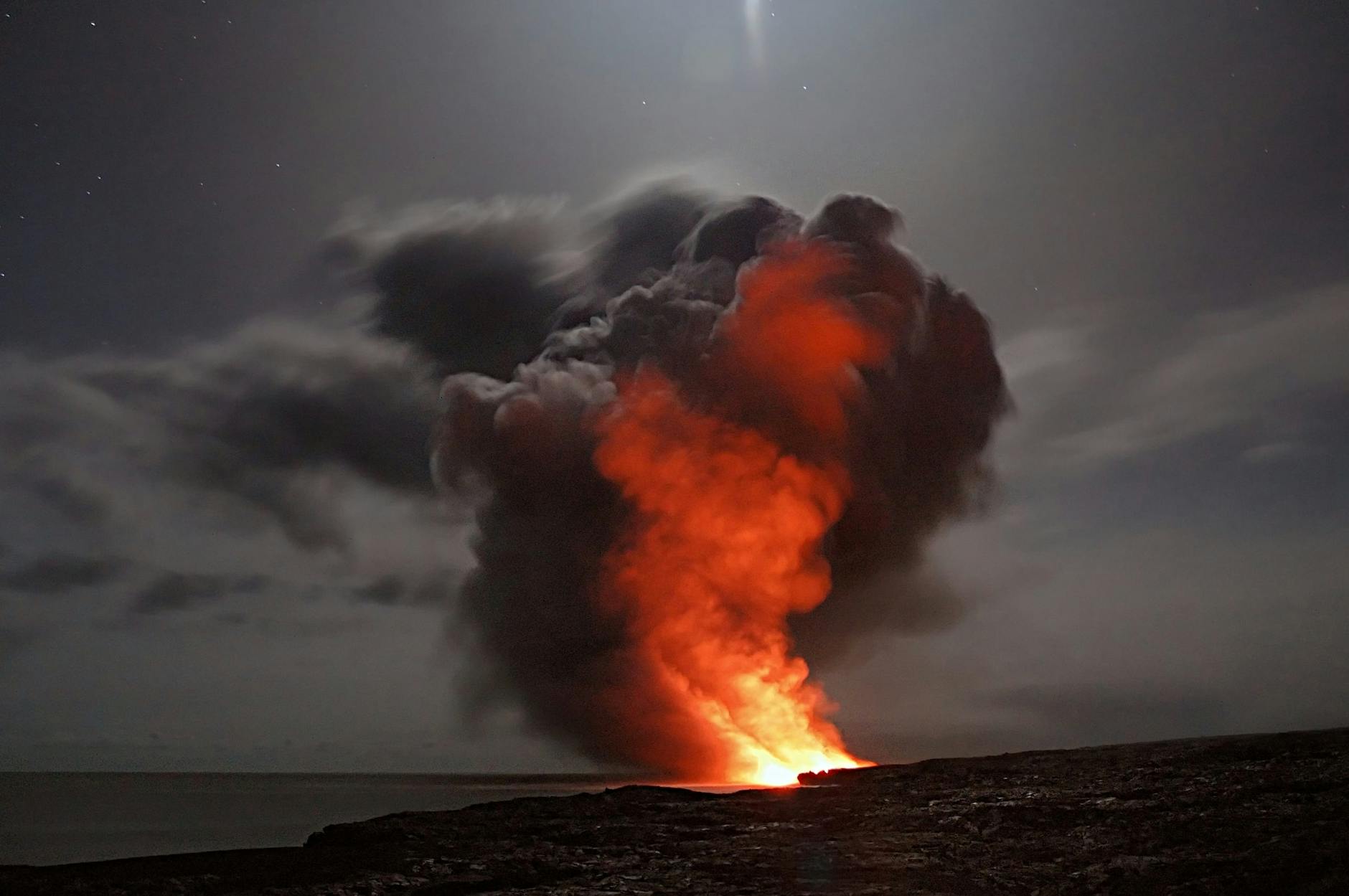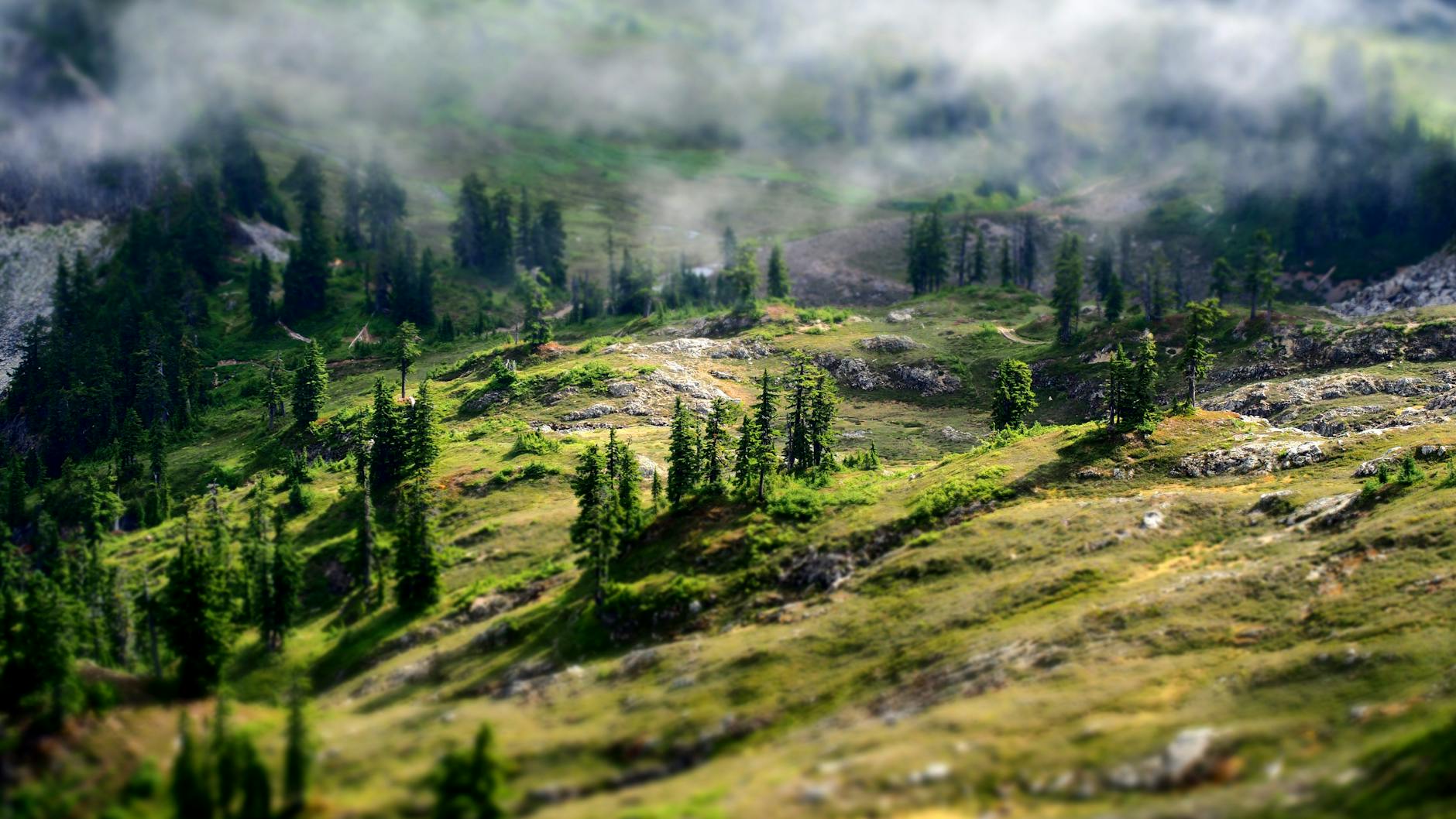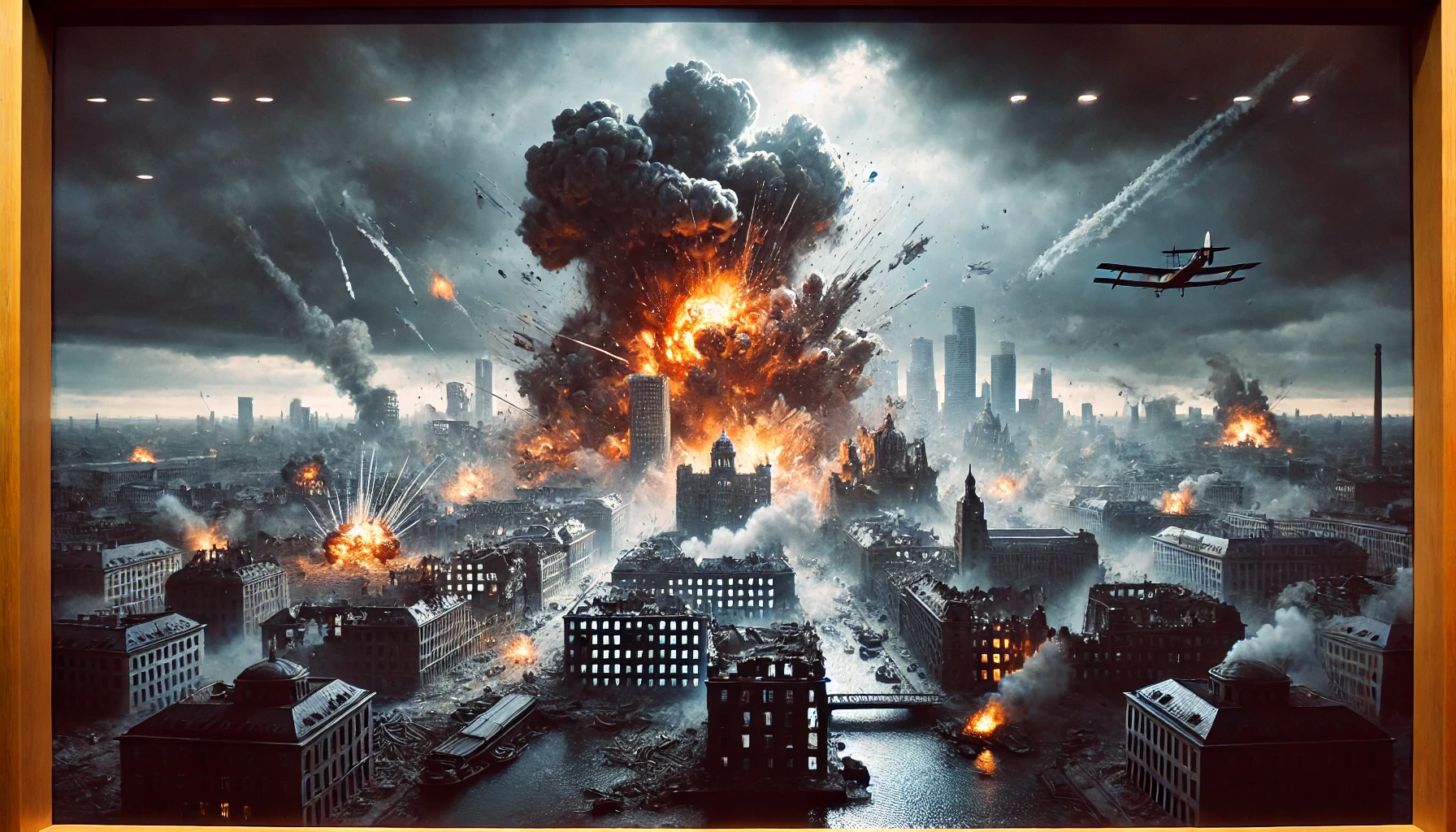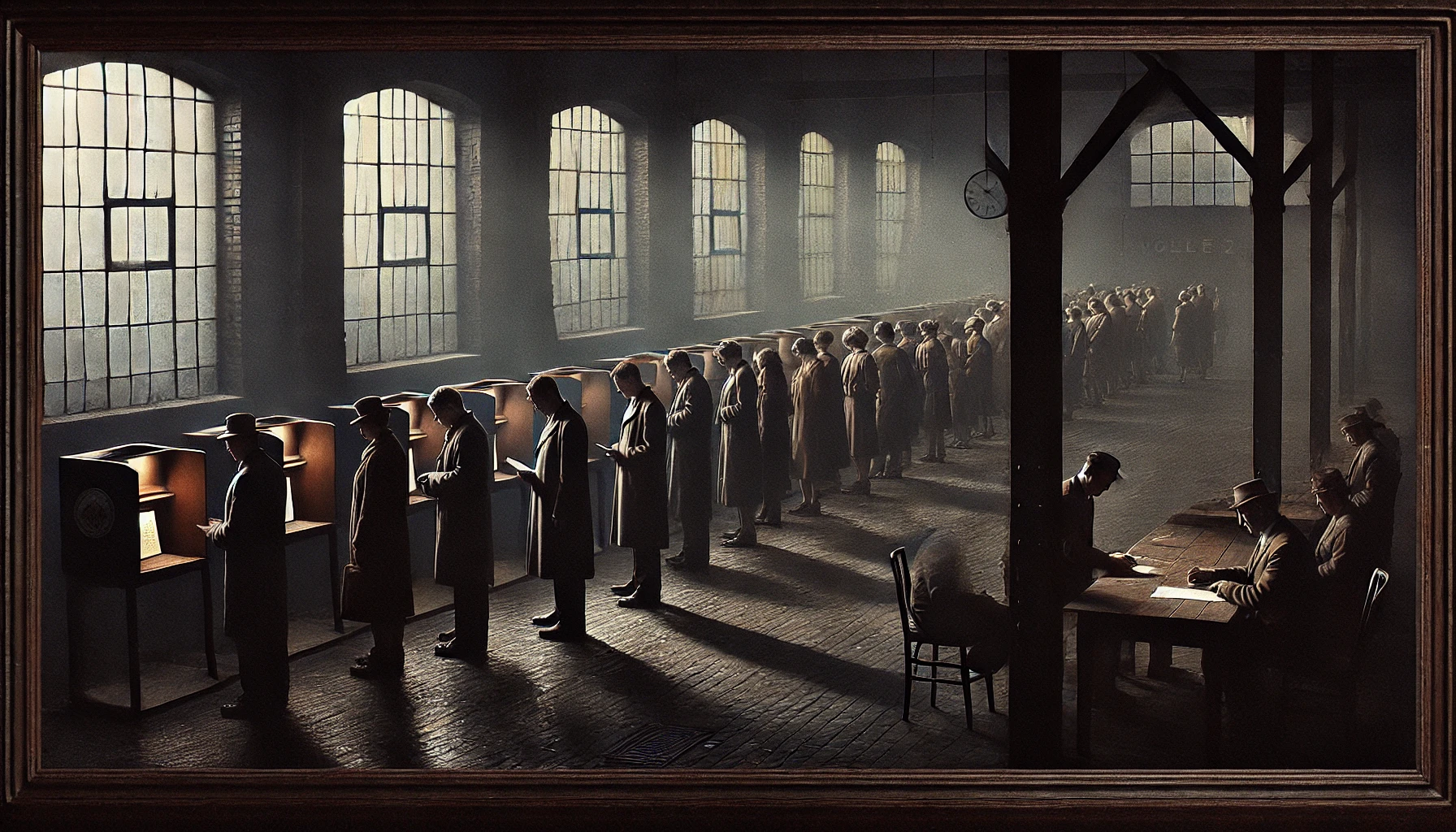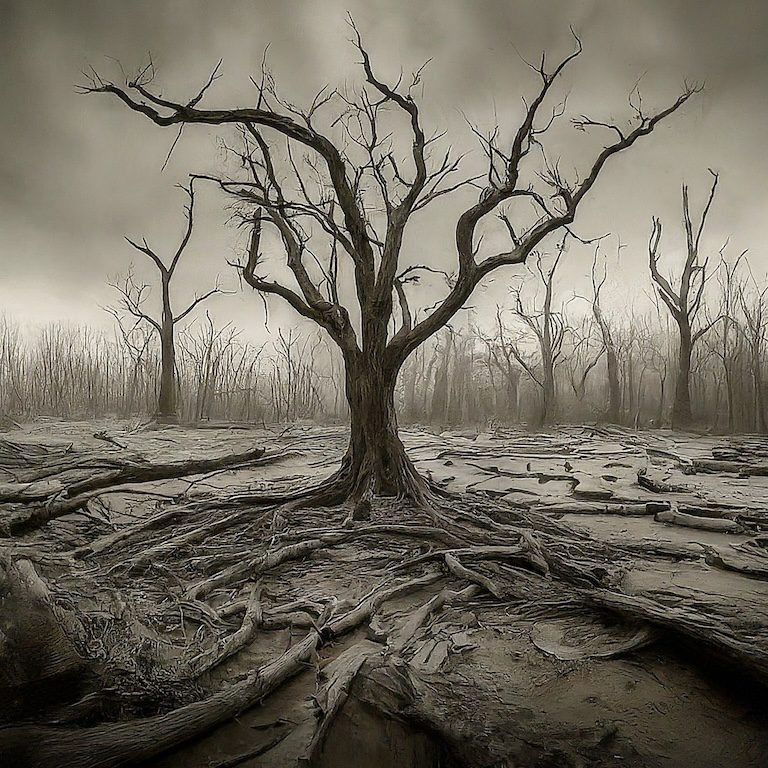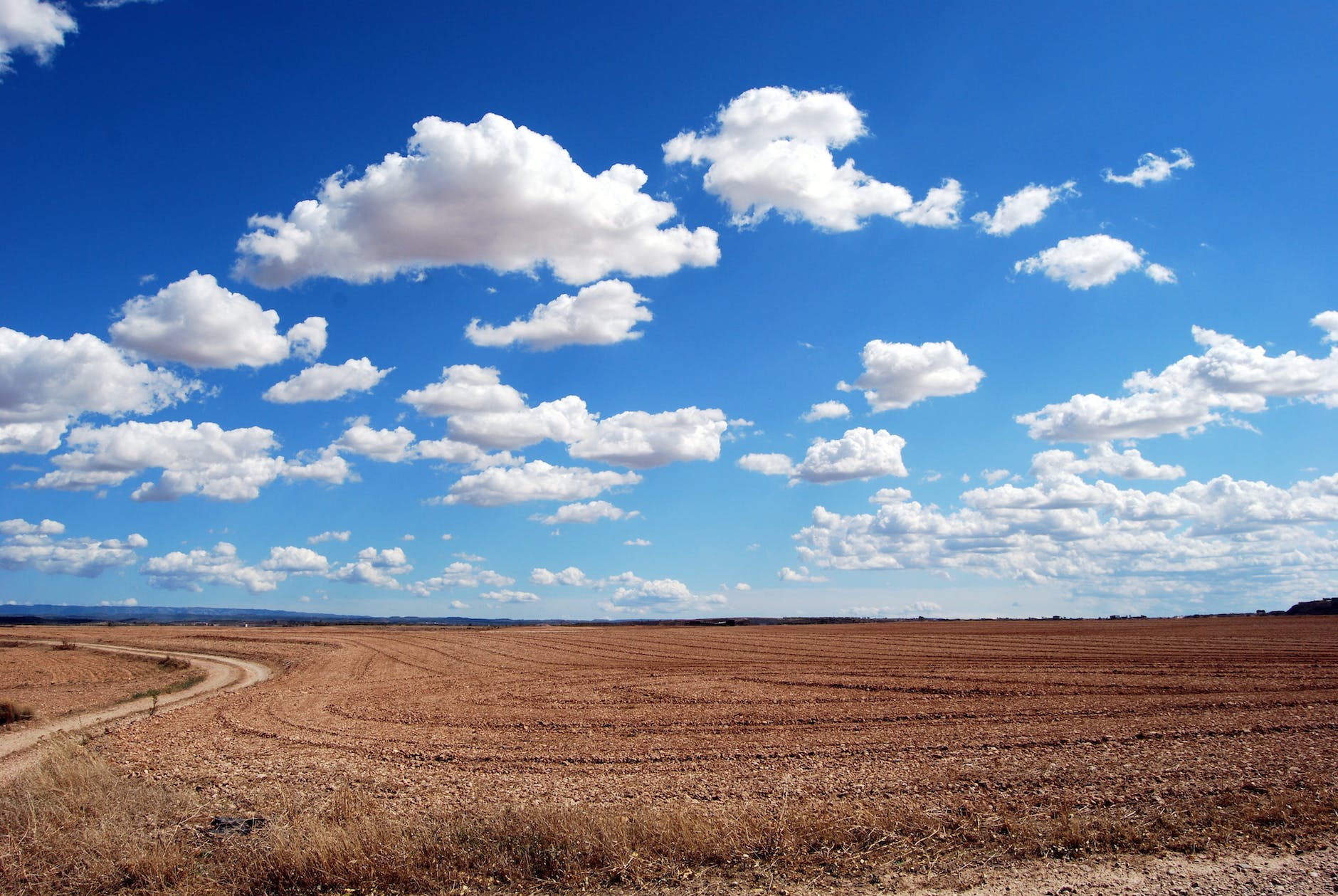Tag: politics
-

This Is NOT An Anti Meat Video
-

This is What a Nuclear Strike Would Feel Like
-

Syria, Israel, Ukraine – A New Decade of War
-

Collapse Aware
From Dense Discovery and Rosie Spinks. In How I became ‘collapse aware’, Rosie Spinks articulates something many of us sense but struggle to name – that persistent feeling that we’re approaching the end of a particular way of life. “It’s a nagging sense that has hung over modern life since 2020, or 2016, or 2008,…
-

“I disagree with Kamala’s position on the war in Gaza. How can I vote for her?” Here is Bernie’s answer
-

Vote, and vote wisely.
It’ll affect everyone.
-

This Disease is Deadlier Than The Plague
-

Nuclear winter
-

Taking the Airbus to the IKEA Cloud
We do have some (smaller) cloud (Scaleway) and datacenter players (Leaseweb, could use some innovation) and some inbetween (OVH, Hetzner)… But none are really a true cloud provider with serverless, all the storage stuff, etc. Evroc is trying just that — being a real competitor to GCP and AWS — but that’ll need a lot…

